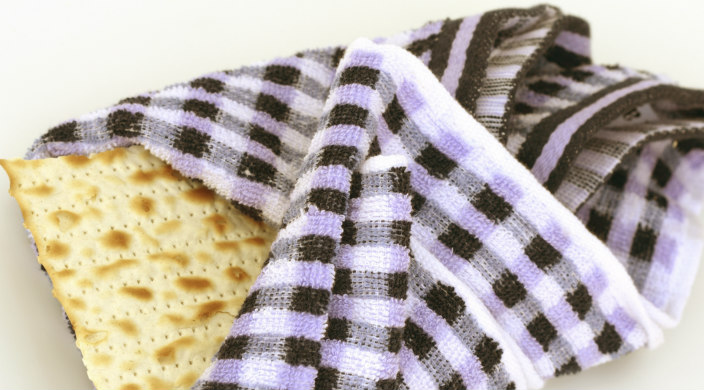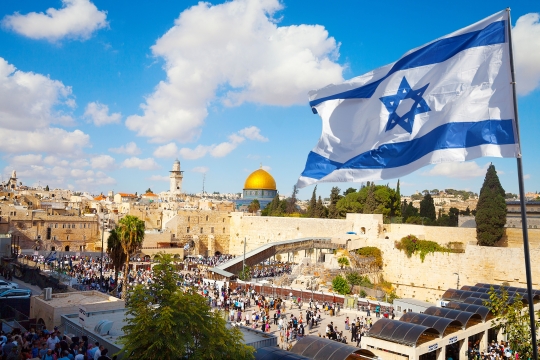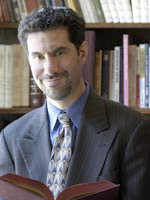
The Passover ritual of the – breaking the middle matzah, declaring a portion of it to be afikoman, hiding it, sending people to find it, then re-dividing it and sharing it with everyone – is wonderfully playful and deeply profound. It was a stroke of pedagogical genius to include a ritual so physical, one that requires participants to get up and move around, to infuse a healthy dose of variety and contrast to a night that revolves around a lot of talking, listening, and staying in place.
So, too, is the progression of afikoman events consistent with the essentials of great storytelling. We introduce the elements of the subplot, build anticipation, step back from the game, return to the seder, create even more suspense, reopen the search, try to keep up with any number of those looking for the hidden matzah, and finally rejoice in the afikoman being found.
Participants meet the afikoman. Participants lose the afikoman. Participants get the afikoman back.
Both the ones who hide and find the afikoman have one another over a barrel. The seder cannot end without the afikoman being shared, so the lucky winner wants a prize for its return. Then again, we cannot go home (or go to sleep) without the afikoman being shared, so the host has the leverage of peer pressure to help bring negotiations to a close. All of those present have a personal stake in “getting to yes.” Like other elements of this game-like ritual, the return of the afikoman teaches that we are mutually dependent on one another for a positive outcome.
What else does the afikoman hunt teach?
It teaches that finding requires seeking.
That seeking, in and of itself, is worthwhile and fun.
That discovering new meaning demands that we keep looking.
That we can’t bring anything to a satisfying conclusion without the patience and persistence needed to get there.
The seder calls not only for imagination but for re-imagination. What would happen if our children were the ones to hide the afikoman, and we adults were the ones expected to find it? What would they learn from the task of placing it so that finding it is difficult enough to be challenging yet easy enough to allow us to welcome in Elijah before midnight? What would we learn from the task of looking for it and from the joy of looking at our children looking at us look?
Knowing where things are and how to look for them is good for young and old alike. Our children need to know that we’re still interested in seeking, and we need to remember that where we put things will surely have an effect on the ability of others to find them.
Related Posts

Parenting Adult Children

Faith, Justice, and Israel: Being Proud

